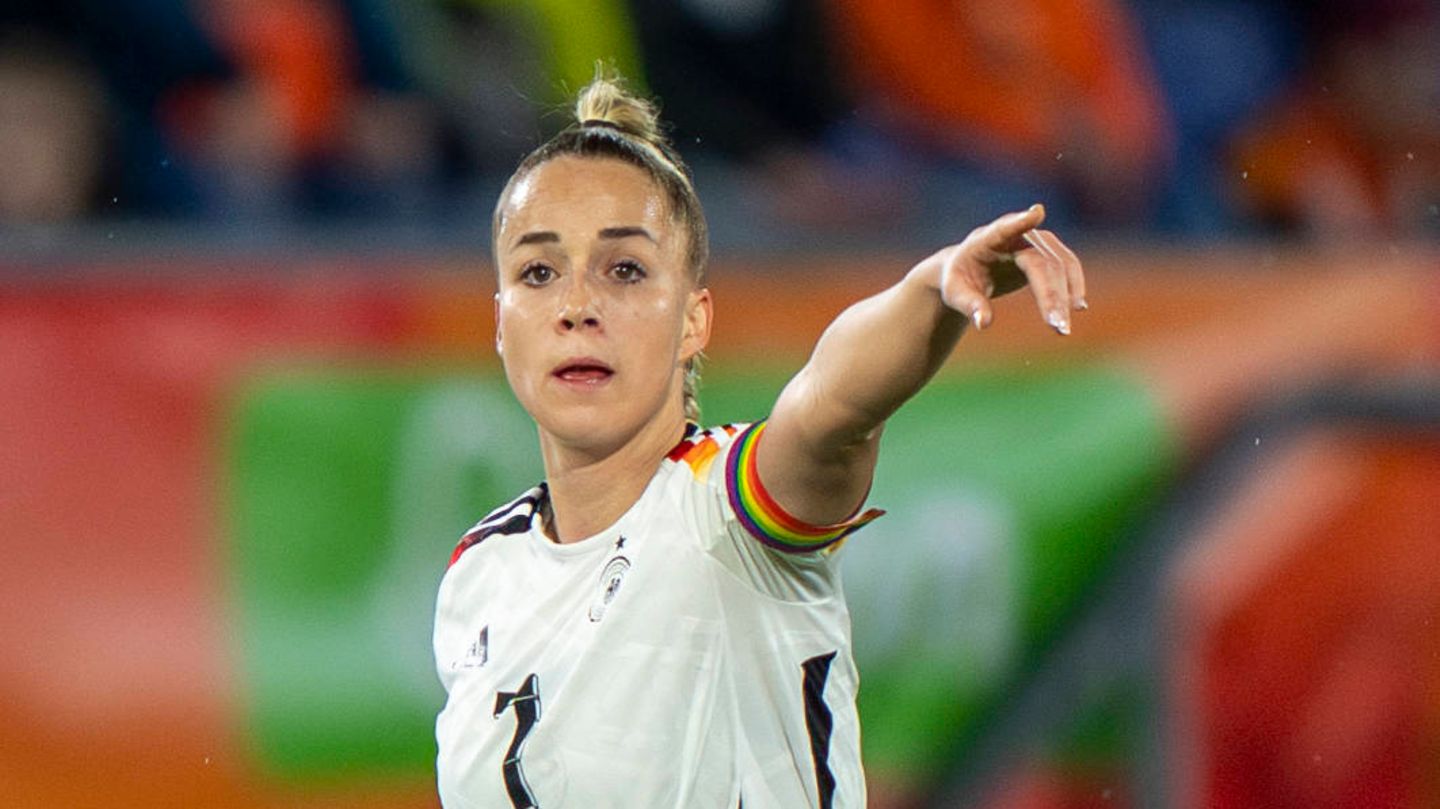With a series of interest rate hikes, the euro currency watchdogs are fighting the high inflation. For consumers, but also for the banking world, there are two sides to rising interest rates.
Savers had to starve for a long time, now interest rates are back. Thanks to the change in monetary policy by the European Central Bank (ECB), call money and fixed-term deposits are making some gains again. And the ECB has not yet finished raising interest rates. However, rising interest rates also harbor dangers, not only for borrowers but also for banks, as the collapse of three financial institutions in the USA has just shown. The industry is concerned, on Wednesday the share prices of banks also dropped again without any known problems.
What do rising interest rates mean for banks and savings banks?
The turnaround in interest rates also has two sides for financial institutions: the interest surplus is increasing, it is traditionally the most important source of income for banks and savings banks in Germany. The difference between what the institutions collect for loans, for example, and what their customers pay their customers as interest on savings, is therefore increasing.
On the other hand, the German savings banks, for example, had to accept billions in write-downs on securities holdings, which reduced profits. Because the rapid increase in interest rates led to price losses on the markets, for example for government bonds, which make up a large part of the savings banks’ own investments. The result: high depreciation on fixed-income securities.
That’s not a problem as long as the bonds are held to maturity and any corrections in value even out over the next few years. However, the collapse of the Silicon Valley Bank (SVB) alarmed the financial world: The US institute, which specializes in start-up financing, had invested a lot of money in long-term US government bonds during the low-interest phase. With the turnaround in interest rates, many of the securities lost considerable value. At the same time, the SVB was forced to offer investors higher interest rates so that they wouldn’t withdraw their money – a balancing act that didn’t work.
This week, the ailing Credit Suisse has come under pressure because the major shareholder Saudi National Bank ruled out additional support. Early on Thursday it was announced that the second largest Swiss bank could borrow up to CHF 50 billion (EUR 50.7 billion) from the country’s central bank.
Why is the ECB raising interest rates?
The central bank braces itself against the high inflation. In February, consumer prices in the euro area were 8.5 percent higher than in the same month last year. Although inflation has weakened for the fourth month in a row, the ECB’s target is still a long way off. The main goal of the central bank are stable prices and thus a stable currency in the euro area. The ECB sees this as achieved when inflation is two percent. Higher interest rates make loans more expensive. This can slow down demand and counteract high inflation rates.
Why aren’t interest rates on savings rising at the same rate?
Many banks and savings banks have been offering interest on call money and fixed-term deposits since the ECB ended the zero-interest phase in the summer of 2022 – but by no means all of them. According to data from the comparison portal Verivox, 282 out of a total of 661 institutions evaluated have not yet paid any overnight interest (as of March 9). Savings banks and cooperative banks in particular are still holding back. “The regional banks speculate on the loyalty of their customers and take their time with interest rate increases,” said Oliver Maier, Managing Director of Verivox Finanzvergleich GmbH. In the case of offers available nationwide, on the other hand, savers benefited from the tougher competition.
What also annoys savers: New customers are often lured with higher interest rates than financial institutions for existing credit. This is understandable from an economic point of view: Suddenly paying significantly higher interest on all deposits would be expensive for the institutes. In addition, they earn money with every new customer in the changed interest rate environment.
After all, bank managers recently also promised existing customers rising interest rates on savings. “I’m sure that the trend will be up significantly this year, the only question is how quickly,” said Nick Jue, CEO of ING Germany, in early February. Commerzbank vice boss Bettina Orlopp spoke of a process in mid-February: “We will now observe the market and of course also pass on conditions to our customers.”
Do savers really have more money now?
Unfortunately, no. With inflation rates of over eight percent, even fixed-term deposit interest of three percent and more fizzle out. The real interest rate – i.e. the interest rate minus inflation – is then still negative.
What are the effects of rising interest rates on loans?
Interest rates, for example for construction financing, have risen significantly in recent months. However, the level of building interest is not directly dependent on ECB interest rate decisions, but is based on the interest rate on federal bonds. Even before the interest rate hikes by the central bank, building interest rates were rising. Higher interest rates hit those who need a new loan or follow-up financing for a real estate loan in particular. In the case of current mortgage loans, the interest rate does not change.
According to data from the comparison portal Check24, interest rates for installment loans almost doubled in February at an average of 6.35 percent compared to the same month last year.
Source: Stern




